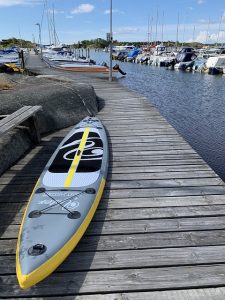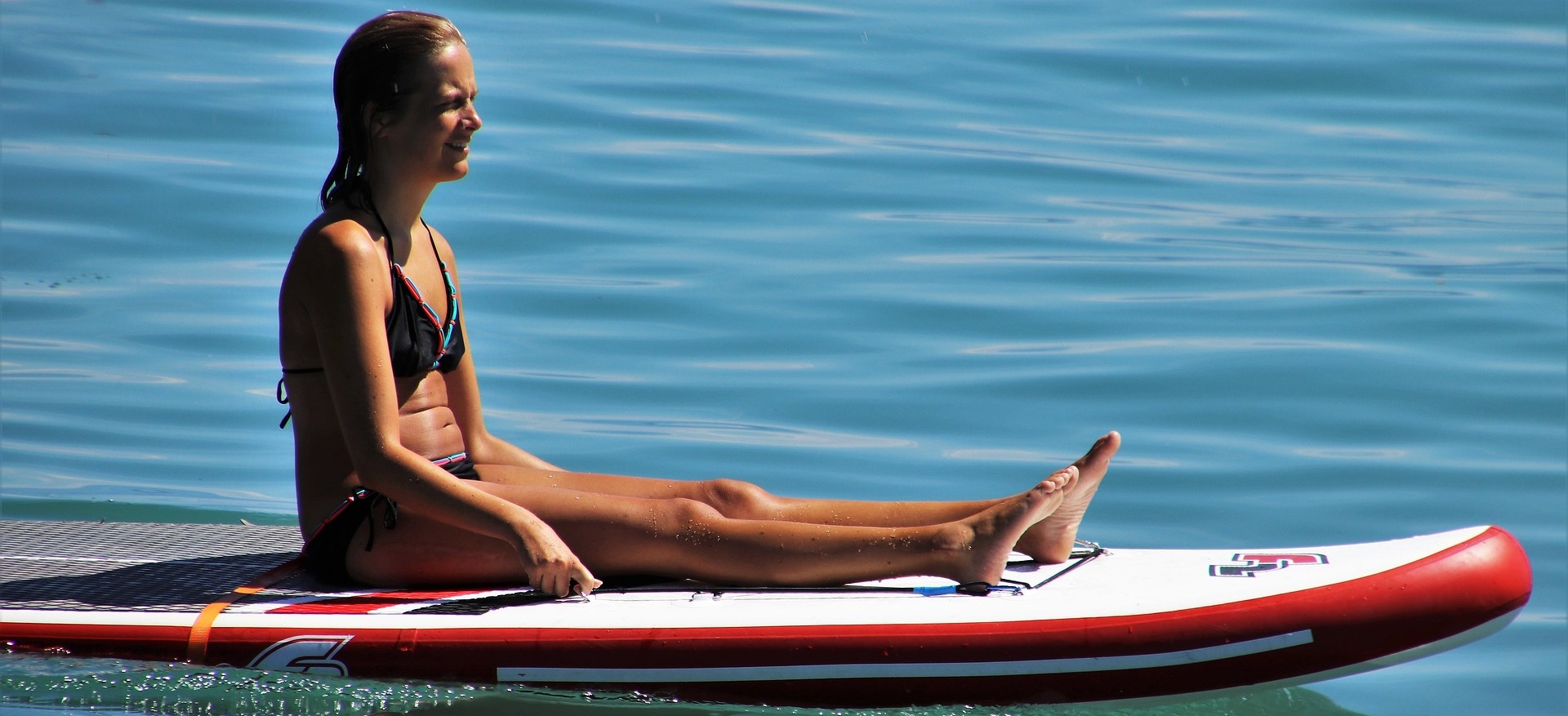 Do you want to learn how to ride a SUP board more confidently and feel more confident in this sport? Our recommendations will help you improve your technique and make your SUP practice more fun.
Do you want to learn how to ride a SUP board more confidently and feel more confident in this sport? Our recommendations will help you improve your technique and make your SUP practice more fun.
If you are already confident in the water, have your feet correctly positioned, and understand the principle of working with an oar, then it’s time to focus on technique.
How to work with an oar
The main focus of SUP boarding is paddle work. It depends on how comfortable and fast you will move in the water. Most paddlers are always trying to improve their rowing techniques.
Once you feel confident on the water, try to analyze your movements to identify points that you can improve to better control your paddle.
Also, consider if your position is correct and if you are confident enough in your feet on the board. Analyze your entire paddling process. When the paddle enters the water, swing your body forward and bring your hips and free shoulder in front of your paddle hand. At this point, the top of the oar should be upright.
Now swing the paddle backward (as if it were a lever) so that the top of the paddle is in front of your face. The paddle should be at its maximum depth in the water when it gets to the middle of your board.
Improving your SUP position improves your stroke efficiency and helps you swim faster.
Tip: make sure your paddle goes into the water gently to avoid splashing
Work on muscles
As with any sport, building muscle will help you improve your performance. On rainy or cold days when you can’t get out on the water, you can do exercises to help you stay fit and prepare you for SUP boarding.
 Exercises such as squats, jerks, abdominals, and resistance bands will help you stay strong, healthy, and ready for sunny days. You can use some of these exercises to warm up before heading out into the water or do them right on the board for extra balance.
Exercises such as squats, jerks, abdominals, and resistance bands will help you stay strong, healthy, and ready for sunny days. You can use some of these exercises to warm up before heading out into the water or do them right on the board for extra balance.
Watch your posture!
On a SUP board, the correct posture is the most important thing while riding. It allows you to maintain good balance and stability on the board. Having a good stance prevents injury and allows for more efficient paddling. Try to keep your back straight when moving or bending your hips. One way to monitor your posture while riding is to look straight ahead, not at your feet!
Keeping balance
Keeping a balance on the board while swimming in calm water is pretty easy, but can you handle the waves and rough water? Professional rowers and experts have the skills to help them maintain balance regardless of weather and water conditions.
You can practice your sense of balance by riding a board in windy conditions or swimming on the waves. To stay and not fall into the water, you will need to shift your weight from one side of the SUP board to the other so that the board does not tip over – this is a good load for your legs that you will immediately feel. For better balance, keep your knees slightly bent and your legs slightly apart.
Tip: Position yourself closer to the back of the board so that the nose of the board rises slightly out of the water; this will make it easier for you to control the board during bad weather and waves
The right equipment
If you don’t have your own SUP equipment, it’s time to invest in one if you want to practice this sport and be successful. Pay special attention to the choice. The wrong equipment is a common source of unpleasant experiences that make it difficult to progress your training and your development in sports.

